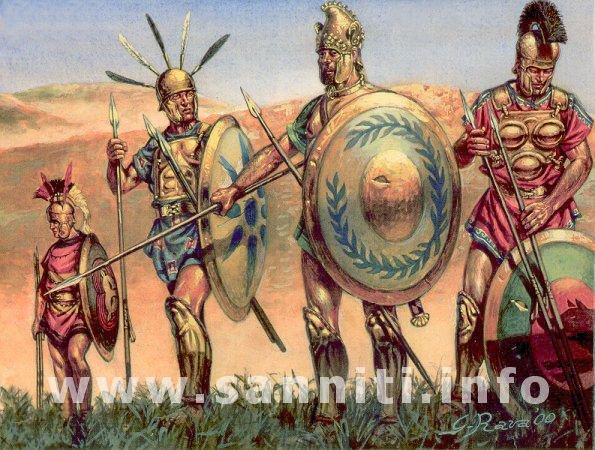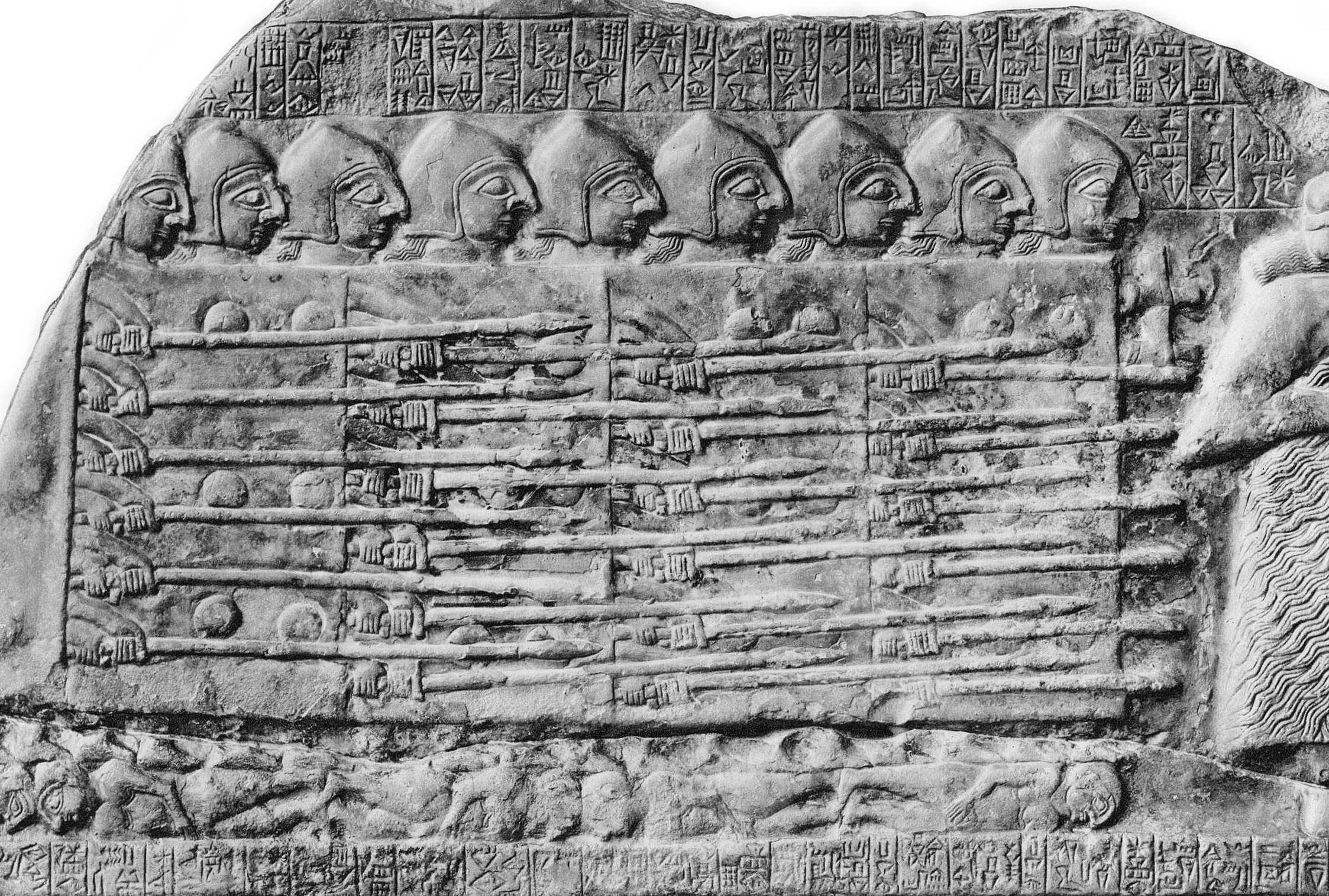Alright, so I wanted to talk a bit about this phalanx shield thing I’ve been messing around with, or rather, trying to understand in a practical way.
It all kicked off when I was watching some documentary about ancient battles. You know how it is, you see these drawings of guys all lined up, and the phalanx always looked pretty impressive. But just looking at pictures didn’t really cut it for me. I wanted to get how it actually worked, especially those shields.

So, I started digging a little. My first thought was, “It’s just a bunch of guys with big shields, right?” I found out they were called hoplites, and they’d literally lock their shields together. I even tried to imagine it. I grabbed a couple of big books – don’t have a proper shield lying around, obviously – and tried to see how it would feel to overlap them, to make a solid wall. Even with just two, it felt kinda sturdy but also super awkward if you wanted to move.
Then I realized I was missing a huge piece of the puzzle: the spears. It wasn’t just a shield wall; it was a shield wall with a forest of spear points sticking out over the top. The front guys would have their spears out, and maybe the guys behind them too. Suddenly, it wasn’t just a defensive thing. It was like a walking hedgehog. Imagine trying to run head-on into that. No thanks!
So, how did it really play out?
I read up on famous battles, like Thermopylae. That narrow pass. It clicked then. You couldn’t just ride horses around the side of a phalanx if the terrain was tight. And for soldiers with lighter gear trying to break through? Must have been a nightmare. The phalanx basically made a chokepoint even more deadly.
What really got me thinking, though, was something else I stumbled upon. It wasn’t just about fancy tactics for highly trained warriors. Because the gear – a big shield, a spear – wasn’t crazy expensive like full plate armor in later times, more regular folks could actually be part of it. They could afford to kit themselves out and stand in line to defend their city. This meant more people were involved in defense, and that apparently had a knock-on effect on their politics, giving more people a say. That was a bit of a surprise, how a way of fighting could change how a society worked.
Why am I going on about this? Well, funny story. I was trying to explain this whole shield-locking, spear-poking formation to my kid brother for a school project. He’s about twelve. I’m there in the living room, using sofa cushions as shields and a broom handle as a spear. I’m shouting “Hold the line! Lock shields!” My dog just looked at me like I’d lost my marbles. Then my partner walked in, saw me half-crouched behind a cushion, making spearing motions at the telly. The look on their face! Priceless. I had to explain I wasn’t auditioning for a low-budget historical drama, just trying to get a feel for it.
My brother, bless him, then went to school and told his teacher that the ancient Greeks defended themselves with sofa cushions. Got a very polite but confused email from the teacher asking for clarification. So, yeah, maybe my practical experiments weren’t entirely historically accurate for classroom use. But it did make me appreciate how these formations, which sound simple, were actually a big deal and needed a lot of discipline and teamwork. It’s not just about having a shield; it’s how you used it together.
